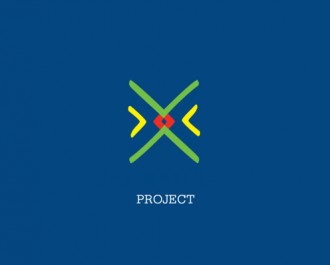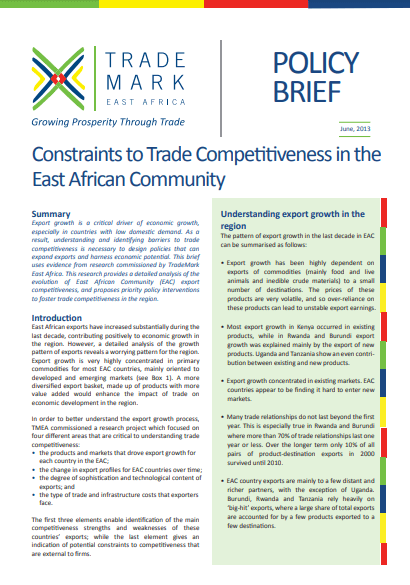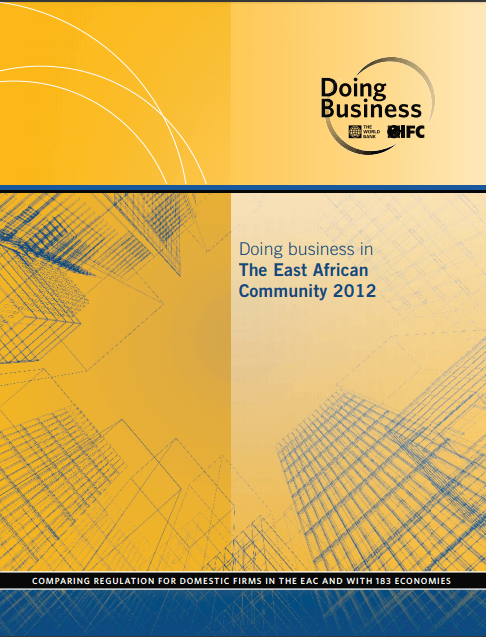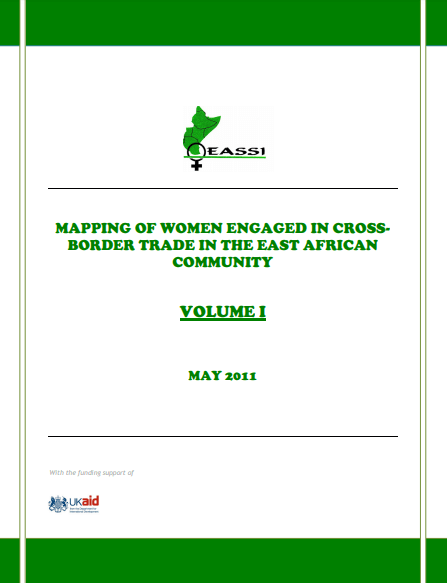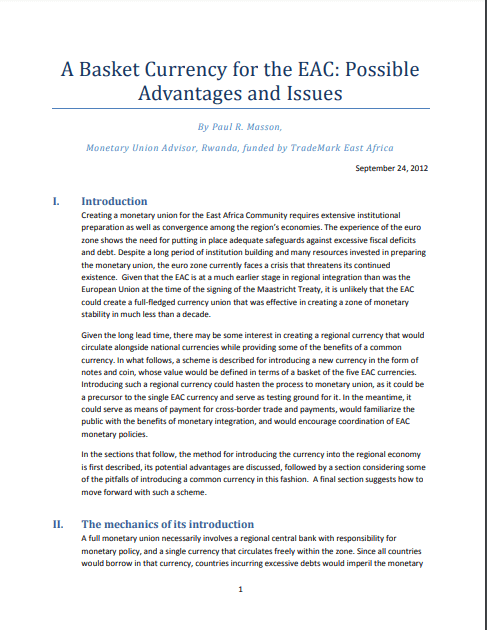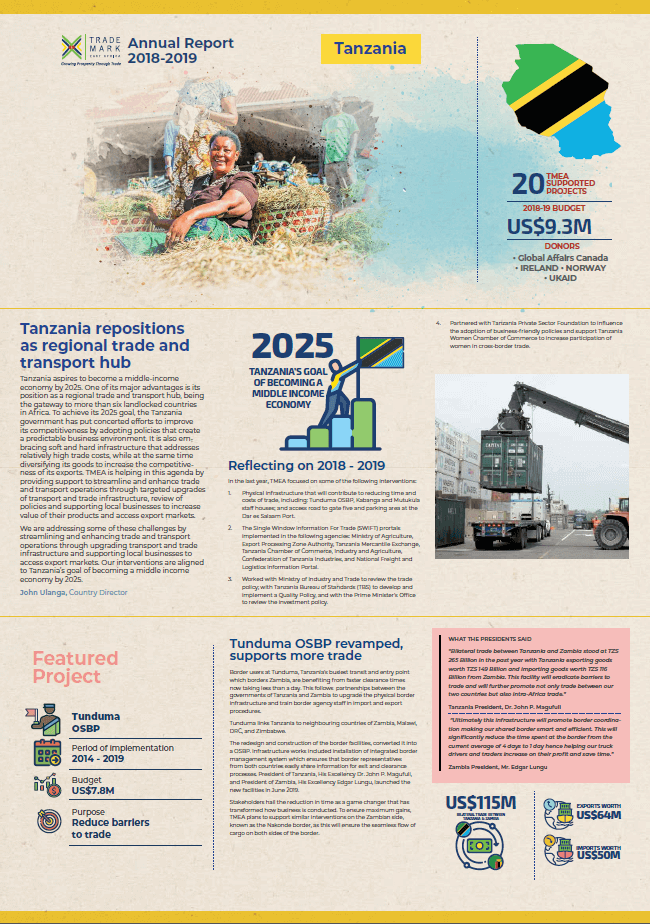[vc_row][vc_column][custom_inner_menus select_menu="project"][/vc_column][/vc_row][vc_row][vc_column][single_project_block_1 heading="Mahagi OSBP Infrastructure Upgrade" project_value="US $ 1,182,000" implementation_period="July 2017 - December 2021" download_btn_text="Download Project PDF" download_btn_link="#url"]Mahagi (DRC)/Goli (UG) is very busy border crossing located on the axis between the population centres of Arua (UG) and Bunia (DRC) as well as the longer corridor connecting Mombasa Port and Kisangani. At Mahagi, this project will undertake a detailed design and prepare tender documents for a juxtaposed One Stop Border Post facility comprising of roads, parking, warehouses on DRC side and the rehabilitation and modification of existing buildings, parking and small warehouse. The project proposes the most practical and cost-effective way to bring power to the DRC side of the border. Responsibility Center : 22_DRC Project approval summary: 1. PAR approval date: June 2016 PAR number: DRC CBT PAR 2. PAR approval authority: Board NB/ If the project is above $250,000 a PAR must be submitted for approval. The project is already approved[/single_project_block_1][/vc_column][/vc_row][vc_row disable_element="yes" el_id="desired-result"][vc_column][single_project_block_2 heading="Desired Results" image_1="42084" image_2="42057"]1. Reduced barriers to trade in selected sub-sectors in Burundi (Fisheries, palm products and fruits) and greater inclusion of women in trade. 2. Improved export capabilities in fisheries, palm and fruits sub-sectors[/single_project_block_2][/vc_column][/vc_row][vc_row disable_element="yes"][vc_column][project_single_ele_3_container heading="More Project Insights." sub_heading="Projects Highlights From A Glance" slide_1="info access for 20 crops & over five breeds of livestock" slide_2="info access for 20 crops & over five breeds of livestock" slide_3="info access for 20 crops & over five breeds of livestock"][single_project_content]Key outputs include; Burundi NMC National Coordinator is recruited [/single_project_content][single_project_content]Burundi NMC National Strategy is developed and validated [/single_project_content][single_project_content]Burundi National Monitoring...
Mahagi OSBP Infrastructure Upgrade
Posted on: June 6, 2019
Posted on: June 6, 2019

